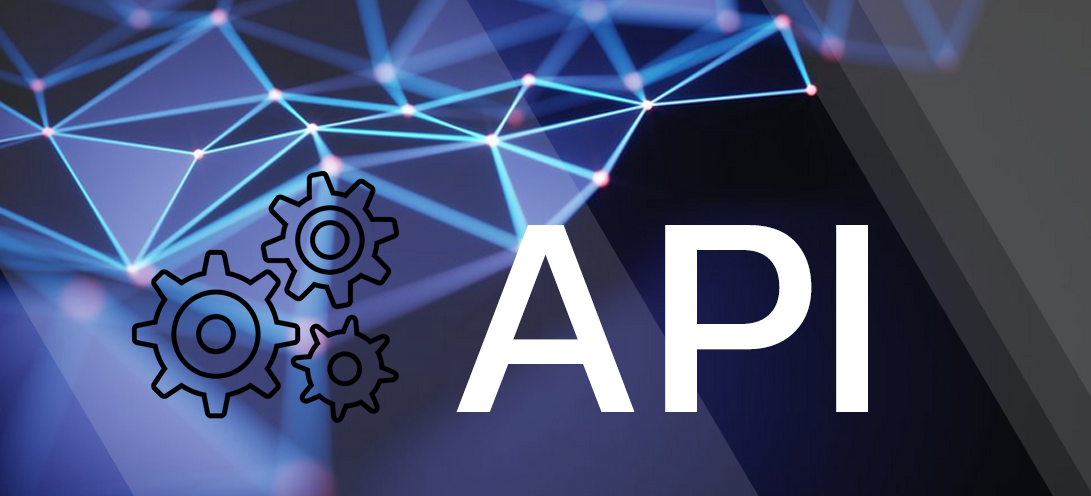To better explain these concepts it is necessary to go back to how it all began. The Web, as most of us have come to know it, is an information network that can be accessed through a web browser. The Web hosts static data in the form of websites and interactive data in the form of web applications. The blueprint or architecture of the Web differs from that of normal computer systems in several ways; one such difference in architecture is an Application Programming Interface (API).
An application-programming interface (API) is a set of programming instructions and standards for accessing a Web application. An API is a software-to-software interface, not a user interface. Different web applications communicate with each other barring any user intervention with the help of APIs.
A common circumstance that requires the functioning of an API is the purchase of movie tickets online. An individual purchases tickets from a ticket-issuing portal and enters their credit card information to pay for the cost. The web-portal will then use an API to transfer the credit card information to a remote application and verify the card's details. Once payment is confirmed, the remote application sends a response back to the web portal approving the issue of tickets. This is the simplest illustration of an API's functioning
RESTful or REST (Representational State Transfer) is not a standard or protocol, but it is actually an architectural style for writing API. REST is designed to take advantage of existing protocols and mostly takes advantage of HTTP when used for Web APIs. It is noted for its incredible layer of flexibility. A REST API defines a set of functions which developers can perform requests and receive responses via HTTP protocol such as GET and POST.
One of the most identifiable examples of a RESTful API today is on the social media platform of Twitter. A user may require to be informed of the latest trends via 'hash-tags'. For this, the user uses the search bar and Twitter uses RESTful API to return the results in JSON format.
Advantages of REST API for Application Development
Keeping Client and Server Separate: REST protocol separates the user interface from the server and the data storage. This improves the portability of the interface to other types of platforms, increases the scalability of the projects and allows the different components of the developments to evolve independently.
Visibility, Reliability and Scalability: The separation between client and server enables the application development teams to scale the final version of the app with ease. It can be migrated to other servers and various changes can be made in the database. The separation makes it easier to have the front-end and back-end on different servers and makes the apps more flexible to work with.
Independency: The REST API does not depend on the type of platform or languages that are used in the application. It adapts to the type of syntax or platforms being used, which can be very useful when modifying or testing new environments in the development process.
Note:
This post is meant to provide a detailed picture on APIs, RESTful APIs and their roles in web application development. If you want to create an API to transfer the data between the applications please contact SGS Technologie.











